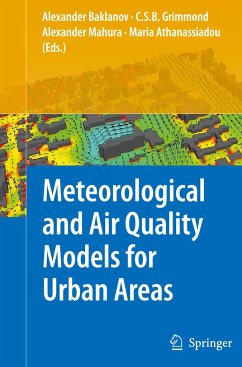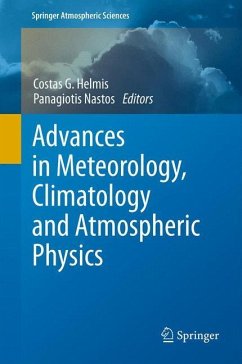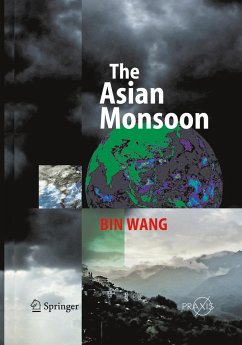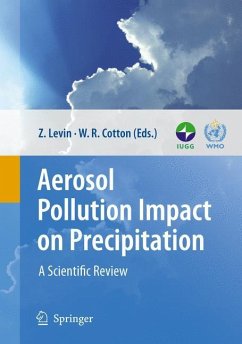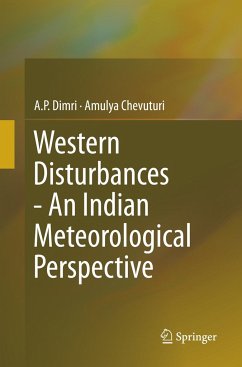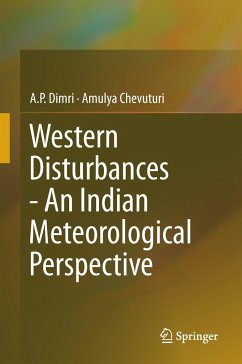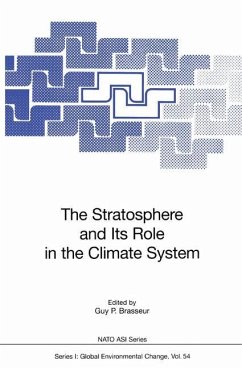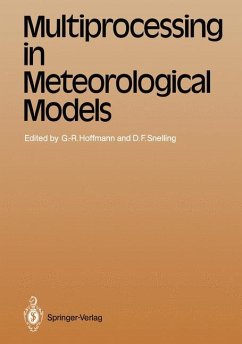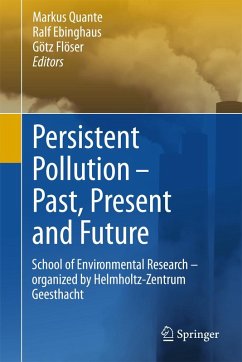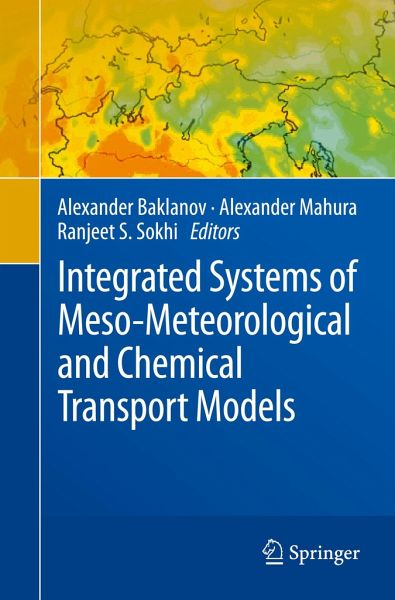
Integrated Systems of Meso-Meteorological and Chemical Transport Models

PAYBACK Punkte
57 °P sammeln!
Based on presentations given at the OST-728/NetFAM workshop, this volume explores the integrated systems of meso-meteorological and chemical transport models. Topics include on- and off-line modelling and interfaces, validation case studies, and the integration of atmospheric chemical transport models.
This book, as the outcome of the COST-728/NetFAM workshop, focuses on the following main topics: 1) on-line coupled meteorology-chemistry modelling with two-way feedbacks, 2) off-line coupled modelling and interfaces, 3) validation and case studies including air quality related episodes, and 4) integration of atmospheric chemical transport (ACT) models with numerical weather prediction (NWP).
This book is one of the first attempts to give an overall look on such integrated meso-meteorology and chemistry modelling approach. It reviews the current situation with the on-line and off-line coupling of mesoscale meteorological and ACT models worldwide as well as discusses advantages and shortcomings, best practices, and gives recommendations for on-line and off-line coupling of NWP and ACT models, implementation strategy for different feedback mechanisms, direct and indirect effects of aerosols and advanced interfaces between both types of models. The book is oriented towards numerical weather prediction and air quality modelling communities.
This book is one of the first attempts to give an overall look on such integrated meso-meteorology and chemistry modelling approach. It reviews the current situation with the on-line and off-line coupling of mesoscale meteorological and ACT models worldwide as well as discusses advantages and shortcomings, best practices, and gives recommendations for on-line and off-line coupling of NWP and ACT models, implementation strategy for different feedback mechanisms, direct and indirect effects of aerosols and advanced interfaces between both types of models. The book is oriented towards numerical weather prediction and air quality modelling communities.





